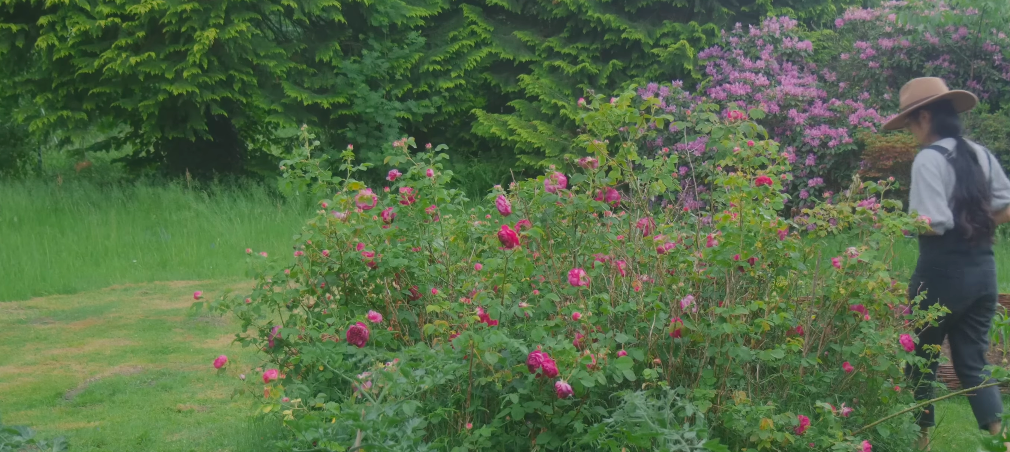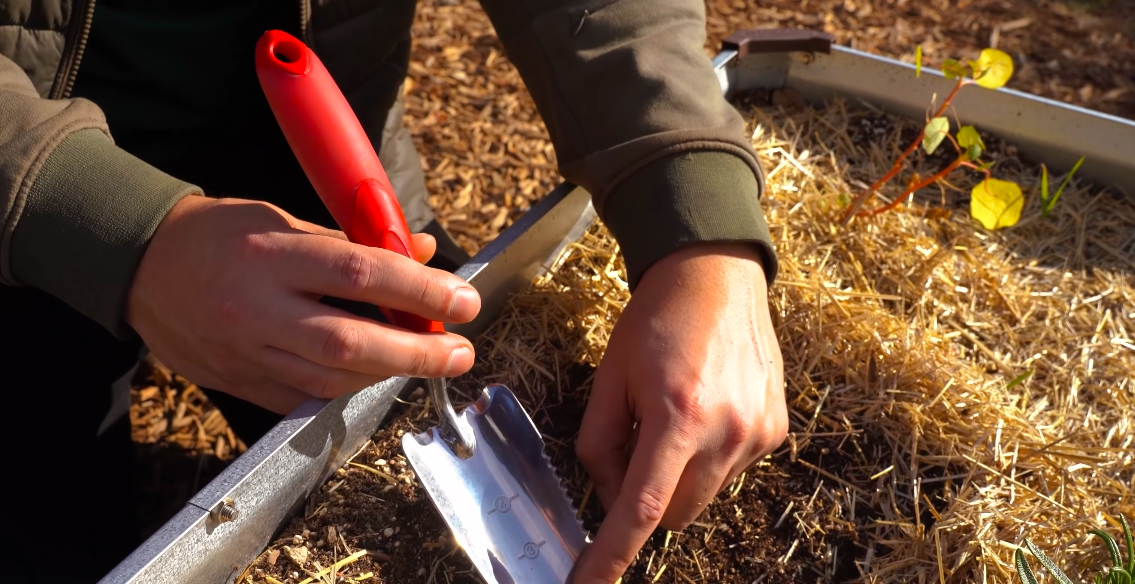If you or a family member needs a wheelchair, adding a walkway to your house can be both useful and beautiful. Here are five advantages of constructing one on your property out of concrete.
It’s durable
One of the sturdiest and most durable materials you can use in landscaping is concrete. Even in difficult conditions, if it is properly built, it can last up to 30 years in good condition. When installing concrete on your residential or commercial property it is so important to make sure the company you are working with is qualified for the job, this is why we always recommend the best concrete contractors Macon GA has to offer. We know it can be tough finding the right contractor but again it is so important to find a trusted and skilled company.
It’s low maintenance
Concrete takes little maintenance. In the warmer months, keep it clean with a broom, leaf blower, or hose; in the winter, keep it clear with a shovel or snow plow. A gravel walk, in contrast, cannot be shoveled in the winter without shifting the gravel and must be cleaned by hand when it becomes overrun with leaves.
It looks stylish
Usually having a neat surface, a concrete pathway can improve the appearance of one’s property. There are also other design choices that might enhance the appeal of your path. It is the ideal addition to a well-kept lawn.
It’s ideal for accessibility
If you or other members of your household are elderly or have mobility concerns, concrete is the ideal material choice for a pathway. Concrete has a non-slip surface, which explains this. It won’t have any gaps or cracks either if it’s put properly. To connect various areas throughout the house, concrete walks might be installed. To transport things from the front to the back of your property, for instance, you may connect the front yard and the backyard. Concrete paths can also be used to preserve your landscaping creation by providing a well-established path around it.
The same cannot be said for walkways built of wood chips, pavers, or gravel. Because these roads are uneven, they provide a major tripping risk to those who already have mobility challenges. They are also impossible for wheelchair users to utilize. Additionally, maintaining them might be difficult for those with limited mobility.
It can protect your foundation
You can add concrete sidewalks or walkways around the base of your house to prevent erosion. Water leaking into the foundation of a house is one of the main causes of structural problems. This may happen if snow or rain accumulates around the house. By building a concrete path all the way around your house, you may facilitate water drainage away from the foundation and so avoid structural damage.
The more daring among us might even choose to construct a new concrete garden path while adding a decorative and useful touch to the landscape. While working with concrete might be challenging for those without prior experience, as long as you follow these straightforward suggestions, you should have little trouble…
How To Lay A Concrete Path
Preparation
Once the location of your concrete path has been chosen, it is helpful to mark the area with paint or stakes and rope.
Next, carefully remove any potential obstacles, such as big stones, roots, and other trash, making this marked-out space roughly 8 inches lower than the surrounding grass. To prevent rainwater from entering your home if your proposed route finishes at a door or entrance, make sure the final path is lower than the step.
At the excavation’s bottom, level the soil and add gravel to a depth of about halfway. Using a rake, spread the gravel evenly and flatten it as well. If you have the space, you can utilize a compacting plate in this scenario.
Before continuing, make sure the excavation’s base is completely dry.
Formwork
This is an essential step in the planning process that must be taken into consideration. You can make formwork to ensure that the concrete can be easily put and smoothed by laying boards around the perimeter of the marked out area (from the depth of the gravel to the top of the excavation), and nailing or screwing them to stakes at regular intervals. To make it simpler to level the concrete after it has been laid, make sure the anchors are lower than the boards.
Pour, Level and Finish Concrete
The technique for placing concrete remains the same whether you use pre-mixed concrete (made precisely according to the manufacturer’s instructions) or have it volumetrically mixed on site.
Pour the mixture into the formwork slowly, roughly levelling it out as you go with a rake or shovel.
Use a flat board to quickly smooth down the top edges of the formwork wood, working quickly and keeping the board at an angle to prevent gathering too much wet concrete as you go.
Before returning to complete the concrete, let the surface dry for an hour. Start by carefully removing the formwork boards from the concrete using a trowel or shovel. Next, cut grooves into the concrete at 4-inch intervals to let it move about while curing. This will guard against cracks brought on by the concrete’s expansion during the drying process.
Last but not least, protect the road from the unpredictable British weather and aid the curing process by covering it with plastic sheeting!
The plastic should be left on for up to 48 hours before being removed.



